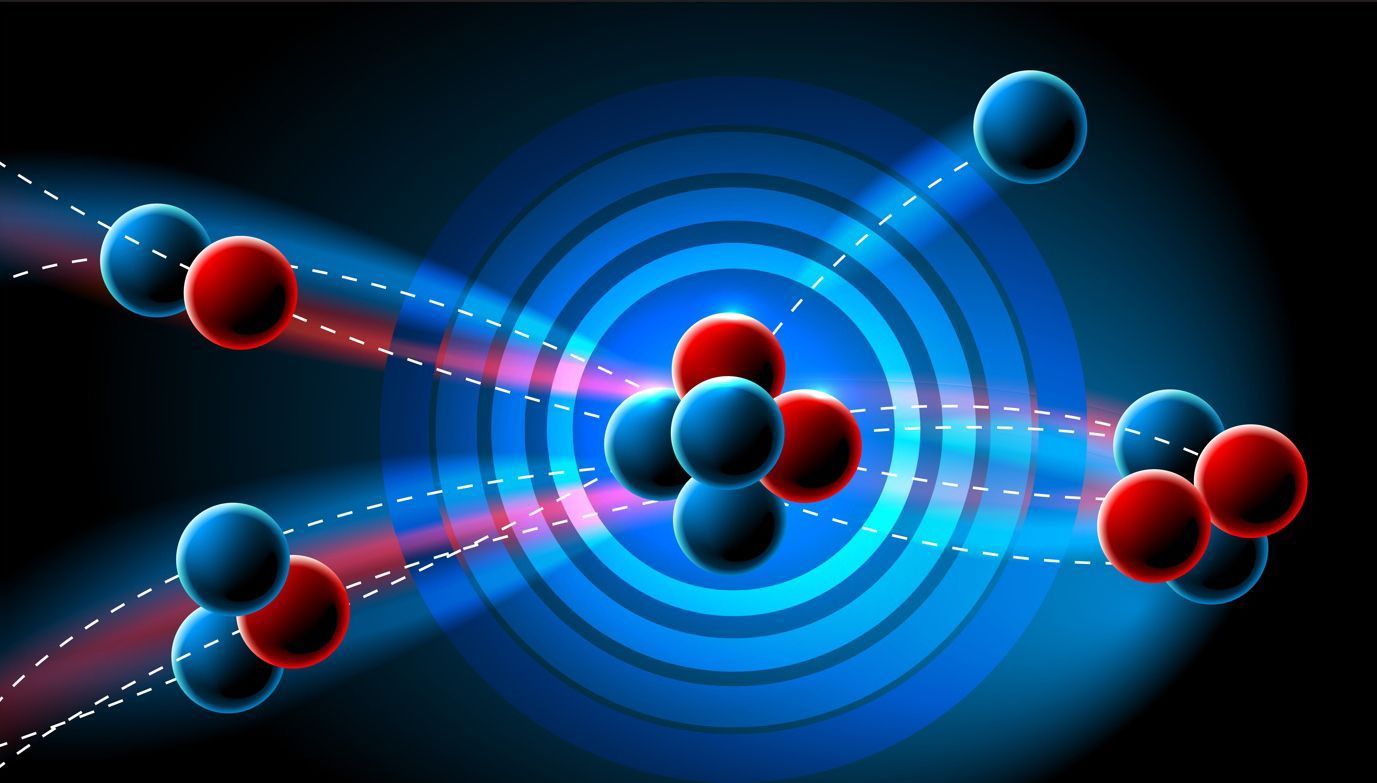
The type of nuclear reaction that powers today's power plants is fission: which consists of the splitting of atoms to release energy. Fusion, meanwhile, forces hydrogen atoms together, producing a large amount of energy and, more importantly, a limited amount of radioactive waste.
For decades, a way has been sought to create efficient fusion reactions to produce clean energy. However, fusion reactions have proven difficult to control, and to date, no fusion experiment has produced more energy than was expended to make the reaction work.
Physicists from Imperial College London are already helping to analyze the data. With this experiment it has been possible to produce more than 1.3 megajoules of energy. The key lies in about 200 laser beams that were focused on a tiny point, the diameter of a human hair. The result was surprising: a mega explosion of energy was created that exceeded the records of other investigations by up to eight times.
Controlled fusion in the laboratory is one of the great defining scientific challenges of this era and this is a momentous step forward. While the latest experiment still required more energy than it emitted, it is the first suspected to have reached the crucial 'ignition' stage, allowing considerably more energy to be produced than ever before.
There are two main ways that researchers are trying to produce fusion power. The most important is done by inertial confinement, which uses a system of lasers to heat fuel pellets, producing a plasma, a cloud of charged ions.
The fusion reactions release various particles, including 'alpha' ones, which interact with the surrounding plasma, heating it up even more. The heated plasma then releases more alpha particles and so on, in an automatically sustained reaction, a process known as ignition.
However, this process has never been fully realized before, until now. The results of the experiment indicate an energy output of more than one megajoule, which marks one of the agreed thresholds for ignition initiation and is six times the highest energy previously achieved.
Source: Imperial College London



